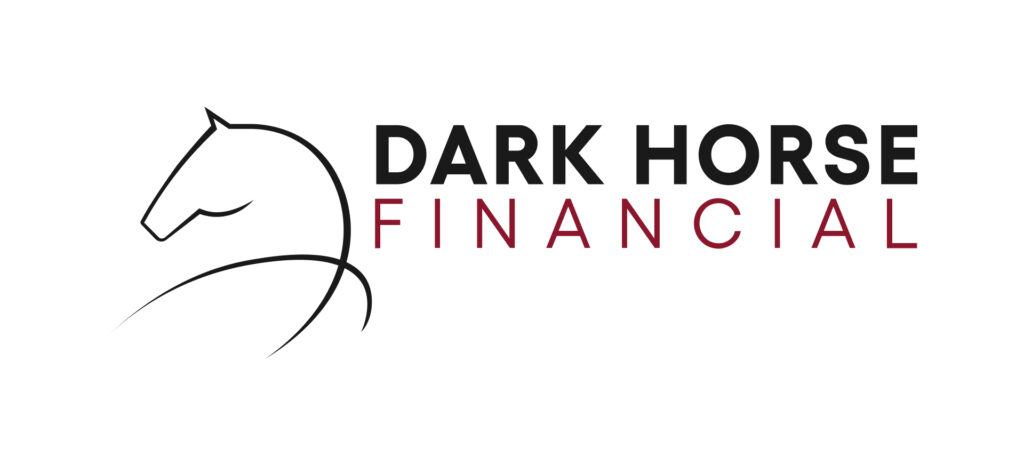Key Takeaways
- Secured loans require security, such as property or other assets, while unsecured loans do not require any assets to be pledged.
- Unsecured loans are generally faster and easier to obtain, making them ideal for managing cash flow or meeting urgent funding needs.
- Secured loans can offer lower interest rates and higher borrowing limits.
- Unsecured funding suits providers without significant assets, especially smaller businesses seeking flexible finance.
- Secured financing is better suited for large investments, such as property purchases, facility upgrades, or major equipment acquisitions.
- Eligibility for secured loans depends mostly on asset value, while unsecured loan eligibility is based on revenue, credit, and serviceability.
- New NDIS providers can't access unsecured business loans, but they can get secured business loans, equipment finance, asset-backed loans and invoice finance.
- Choosing between secured and unsecured loans depends on your funding purpose, asset availability, cash flow, and urgency.
As the National Disability Insurance Scheme (NDIS) continues to grow, the number of providers increases as well. These NDIS providers, whether new to the sector or well-established, often require funding to support operations, manage cash flow, or expand their services. One of the most common financing decisions these providers face is whether to choose a secured or unsecured loan.
Understanding the difference between these loan types and how they apply specifically to the NDIS landscape is key to making the right choice. We’ll explore the differences, pros and cons, and which one to choose for your business.
Why NDIS Providers Need Loans
For many NDIS providers, securing the right type of loan can be the key to growing their business. NDIS providers deliver essential services to individuals with disabilities, and these services often require significant investment in resources, infrastructure, and staff. Many providers turn to loans to cover expenses such as:
- Purchasing or leasing new equipment and vehicles
- Hiring additional staff to meet growing demand
- Upgrading facilities or expanding operations
- Covering cash flow gaps
Both secured and unsecured loans provide a means to finance these business needs, but choosing the right one depends on your current financial situation and business goals.
Secured NDIS Financing: An Overview
A secured loan is a type of borrowing where the borrower offers an asset as security to the lender. What security is required for secured NDIS loans? Viable assets include real estate, vehicles, equipment, or other valuable property. The loan is ‘secured’ by the asset, meaning that if the borrower fails to repay the loan, the lender can initiate legal proceedings to take possession of the asset and recover the outstanding amount.
In the context of NDIS providers, secured loans could be an attractive option if you own valuable property or assets that can be pledged as security.
Secured Loan Options for NDIS Registered Providers
Some common secured financing options for NDIS providers include:
- Secured Business Loan: This is a traditional loan that is secured by assets like property, equipment, machinery, or vehicles. The loan amount is based on the value of the asset. This type of loan is ideal for large expenses.
- Equipment Financing: NDIS providers may require specialised equipment for their services. With equipment financing, the equipment itself serves as security for the loan, allowing the provider to purchase or lease necessary tools without impacting their cash flow.
Benefits of Secured NDIS Financing
- Lower Interest Rates: Because the loan is secured against assets, lenders face lower risks, resulting in lower interest rates compared to unsecured loans.
- Higher Loan Amounts: Secured loans generally allow for larger loan amounts based on the value of the security.
- Longer Repayment Terms: NDIS providers may be able to secure more extended repayment terms, making it easier to manage cash flow.
Drawbacks of Secured NDIS Financing
- Longer Application Process: Secured loans often require a more detailed application process, as lenders will assess the value and condition of the security.
- Less Flexibility When it Comes to Assets: Since your asset is used as security, you may face restrictions on its use. For instance, you can’t sell or refinance a property used as security until the loan is paid off.

Unsecured NDIS Funding: An Overview
An unsecured loan, as the name implies, does not require the borrower to provide any security. Instead, the lender will assess the borrower’s creditworthiness, business performance, and other factors to determine serviceability. As there is no asset backing the loan, unsecured loans are generally considered riskier for lenders, which is why they may come with higher interest rates.
Unsecured loans for NDIS providers are ideal for businesses that do not own high-value assets or prefer not to tie up their property as security. Unsecured business loans are a popular option for businesses looking for more accessible and quicker financing.
Benefits of Unsecured Loans for NDIS Providers
- No Security Required: The business does not need to pledge any asset as security for the loan.
- Quick and Easy Access to Funds: Unsecured loans are often quicker to process, as there is no need to assess security.
- Flexibility: Unsecured loans can generally be used for a wide range of business purposes, from staff recruitment to operational expenses or facility upgrades.
Drawbacks of Unsecured NDIS Funding
- Higher Interest Rates: Because there is no security securing the loan, interest rates tend to be higher than for secured loans.
- Lower Loan Amounts: Unsecured loans may have lower borrowing limits compared to secured loans
- Stricter Credit Requirements: Lenders will require strong financials and a solid credit history to approve an unsecured loan.
What’s the Difference Between Secured and Unsecured NDIS Loans?
| Feature | Secured Loan | Unsecured Loan |
|---|---|---|
| Definition | A loan backed by security (e.g., property, vehicles). | A loan not backed by any security. |
| Typical Use by NDIS Providers | Funding property purchases, vehicle fleets, and equipment. | Working capital, payroll, marketing, and emergencies. |
| Interest Rates | Often lower, due to reduced risk for the lender. | Often higher, due to increased lender risk. |
| Loan Amount | Usually higher amounts based on the value of the asset | Often lower amounts offered. |
| Approval Time | Slower—requires asset valuation and more paperwork. | Faster—minimal documentation required. |
| Loan Terms | Longer terms available (e.g., 5–20 years). | Shorter terms (e.g., 6 months – 5 years). |
| Suitability for NDIS Providers | Ideal for large investments | Good for daily needs and cash flow gaps. |
Eligibility Differences: Secured vs Unsecured NDIS Loans
When comparing secured and unsecured loans for disability businesses, one key difference is eligibility. Secured loans are typically more accessible for established NDIS providers with significant assets. They are particularly beneficial for providers who need larger loan amounts or want to secure a lower interest rate.
On the other hand, unsecured loans are ideal for those without valuable assets to offer as security. Are unsecured loans easier to get for NDIS providers? Generally, unsecured business loans are more accessible and can also be approved faster. That’s why those with urgent funding needs tend to favour unsecured loans more.

How to Choose Between Secured and Unsecured NDIS Business Loans
Choosing between a secured or unsecured loan for your NDIS business will depend on several factors:
- Asset Ownership: If your business owns valuable assets like property or equipment, a secured loan may offer better terms and lower interest rates.
- Loan Amount and Purpose: Larger loan amounts for significant investments may require secured loans, whereas smaller loans for working capital or operational costs may be suited for unsecured options.
- Urgency of Funding Needs: If you need immediate funding, unsecured loans can be approved much faster and might be a better choice.
Can New NDIS Businesses Access Unsecured Loans?
For newly established NDIS providers, especially those with only a few months of trading history, accessing unsecured loans can be challenging. Most unsecured lenders require a minimum of between 6 and 12 months of trading before offering finance.
That said, there are still viable funding options for new NDIS businesses. Many non-bank lenders provide secured loan solutions specifically designed for startups and younger providers and invoice finance is also able to be obtained from specialist lenders.
In Summary
Both secured and unsecured loans offer valuable opportunities for NDIS providers looking to secure funding for their businesses. By understanding the key differences, eligibility criteria, benefits, and drawbacks of each loan type, you can make a choice that aligns with your business’s financial needs and goals.
Secured loans may offer lower interest rates and higher loan amounts, making them ideal for businesses with valuable assets, while unsecured loans provide flexibility and faster access to funds. Ultimately, the right choice depends on your business’s financial situation, risk appetite, and long-term goals.
Whether you are looking for secured NDIS financing or unsecured NDIS funding, it’s important to carefully assess your needs and seek advice from a lending expert like Dark Horse Financial to ensure you make the best decision for your business.





